Vein diseases include the following pathologies:
Phlebeurysm. Pathology leading to the expansion of superficial veins. As a result, blood flow is disturbed and blood stagnation occurs.
Chronic venous insufficiency. Pathology, due to which there is a violation of the outflow of venous blood from the lower extremities. This disease often accompanies varicose veins. Becomes the cause of not only aesthetic problems with the veins, but can also cause trophic ulcers
Thrombosis of superficial veins (thrombophlebitis). Represents the formation of a thrombus in the superficial vein. Most often occurs after intravenous injection or catheterization
Deep vein thrombosis (phlebothrombosis). Pathology in which blood clotting occurs in deep veins, which are most often located in the pelvic area
Post-thrombotic disease. Chronic disease that manifests itself as obstructed venous outflow from the lower extremities. It is a consequence of the transferred phlebothrombosis
Phlebopathy. Manifested in a decrease in the tone of the veins. The reason for this may be a metabolic disorder, as well as heredity, pregnancy, or taking certain medications
Lymphedema. Pathology, manifested by a gradual increase in the volume of the limbs, which occurs due to a violation of the outflow of lymph
Trophic ulcers. Long-term non-healing skin defects. They are predominantly a complication of many venous diseases. Most often occur on the lower extremities, but can be localized in other parts of the body, including the mucosa
You can learn more about the work of our phlebology center in Moscow and make an appointment with a doctor on the K+31 website. Here you can also read patient reviews, get acquainted with the prices for the services of a phlebologist surgeon.
Our doctors

This award is given to clinics with the highest ratings according to user ratings, a large number of requests from this site, and in the absence of critical violations.

This award is given to clinics with the highest ratings according to user ratings. It means that the place is known, loved, and definitely worth visiting.

The ProDoctors portal collected 500 thousand reviews, compiled a rating of doctors based on them and awarded the best. We are proud that our doctors are among those awarded.
Make an appointment at a convenient time on the nearest date

To get a consultation
Many diseases of the veins have a latent course for a long time. Symptoms often become more pronounced only over time. It is worth making an appointment with a phlebologist if the following alarming signs occur:
- Skin color change
- Heavy legs and muscle pain that gets worse in the evening
- Loss of sensation in the lower extremities
- The appearance of vascular "asterisks" on the legs (reticular varicose veins)
- Cramps and spasms in the muscles of the legs
- Appearance of lymphedema
- Change in pigmentation of the skin of the lower extremities
- Pelvic pain
- Dry and flaky feet
- Painful seals in places where varicose veins are localized
- Visual expansion of the veins, the appearance of a venous pattern with tuberous protrusions, etc.
The symptoms of diseases of the veins and blood vessels are very wide. Acute stages of varicose veins can also be accompanied by the appearance of trophic ulcers, which can grow and spread. For successful treatment of varicose veins, it is recommended to seek help from specialists as soon as possible.
Phlebological diseases (and especially varicose veins) affect up to 15% of people worldwide. There are a lot of reasons why these pathologies can develop. Among the main phlebologists distinguish the following factors:
- Seated work
- Sedentary lifestyle
- High load on the legs during the day
- Heredity
- Overweight
- Uncomfortable shoes
- Bad habits (especially smoking)
- Pregnancy
- Metabolic disorders
- Diabetes
- Cardiovascular disease
- Hormonal dysfunction, etc.
If there is at least one of the reasons, experts recommend that you carefully monitor the condition of the veins and systematically undergo an examination by a phlebologist. This will minimize the risk of developing vein pathologies and promptly begin treatment when they occur. In our center, consultations are carried out by experienced phlebologists, cardiovascular surgeons, and ultrasound diagnostic doctors. You can make an appointment on the website or by calling the phone number indicated on the website.
Diagnosis of vein diseases includes a whole range of studies. The choice of methods is determined by the doctor based on each specific case. At the appointment, he studies the patient's medical history (heredity, the presence of chronic diseases, lifestyle, etc.) and conducts an examination. Also used for diagnostic purposes:
- Ultrasound of the venous system
- Laboratory tests
- CT
- MRI
- Doppler and duplex scanning
- Venography and others
The main diagnostic method is ultrasound. This is a fairly simple procedure that does not require special preparation from the patient. It allows you to assess the state of the cardiovascular system, the anatomy of the veins and blood vessels, the presence of blood clots. In the case of a complex course of varicose veins or if trophic changes in tissues are detected, the specialist prescribes additional examination.
After making an accurate diagnosis, the phlebologist draws up an individual treatment plan. In the early stages of varicose veins, when large deep veins are not yet affected, it most often includes the use of conservative methods:
- Wearing compression garments
- Drug therapy
- Physiotherapy
- Therapeutic gymnastics
- Radiofrequency obliteration (ablation). The essence of the method is temperature effect of high-frequency current on the inner walls of altered vessels
- Endovenous laser coagulation (EVLK or laser treatment). It consists in the introduction of a laser light guide into a vessel whose heat seals it. This method allows you to eliminate pathological blood flow
- Sclerotherapy. It is based on the introduction of special injections into varicose veins. Also used to remove spider veins (this procedure refers to aesthetic phlebology)
In the case of advanced pathologies and varicose veins at an acute stage, surgical intervention under local anesthesia may be required. For these purposes, the following methods are used:
- Crossectomy. It consists in ligation of the mouth of the great saphenous vein. Is an element of surgery with phlebectomy or independent operation in case of ascending thrombophlebitis
- Striping. Minimally invasive treatment for varicose veins. It is used in case of damage to the large or small saphenous vein. The diseased vein is removed from under the skin and a stripper is inserted. Thanks to him, you can remove part of the affected or the entire vein
- Phlebectomy of the veins of the lower extremities. It involves the removal of the enlarged surface of the vein through a small incision. It is the oldest treatment for varicose veins
- Reconstructive operations on deep veins (repair of venous valves, shunt operations, etc.)
The "K+31" clinic uses modern and effective methods to treat phlebological pathologies. They make it possible to save patients from existing problems quickly and less traumatically (without scars and pain). In most cases, the treatment methods in phlebology are based on a minimally invasive approach. Thanks to this, the postoperative period is painless and the patient can return to his usual way of life in a short time.
Preventive measures of vein diseases are primarily aimed at restoring natural blood flow in the lower extremities, strengthen venous valves and muscle tone. For these purposes, phlebologists recommend:
- Stay on a therapeutic diet
- Keep a healthy lifestyle
- Give up bad habits
- Be physically active
- Massage the lower extremities
- Practice therapeutic exercises, etc.
"K+31" Medical Center provides patient consultation services and treatment of phlebological diseases using modern minimally invasive methods. You can get detailed information about the treatment of varicose veins, clarify the cost or sign up for a consultation. by the number indicated on the site or through the registration form on the site. Leave your contact details and we will call you back as soon as possible.
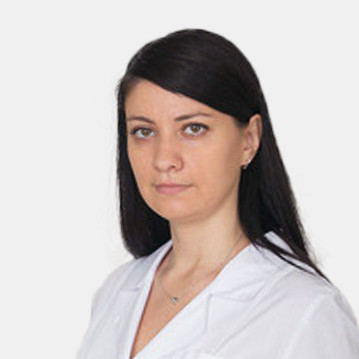
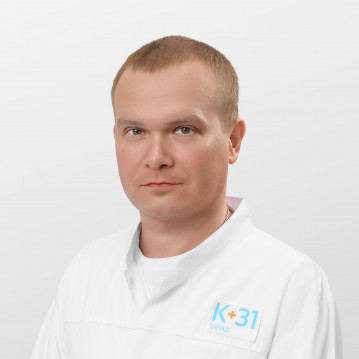
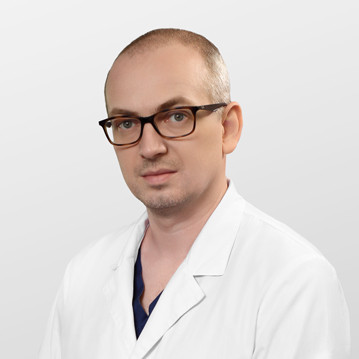
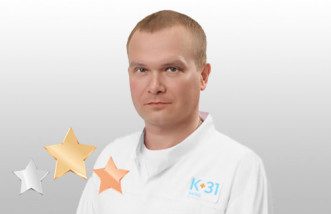




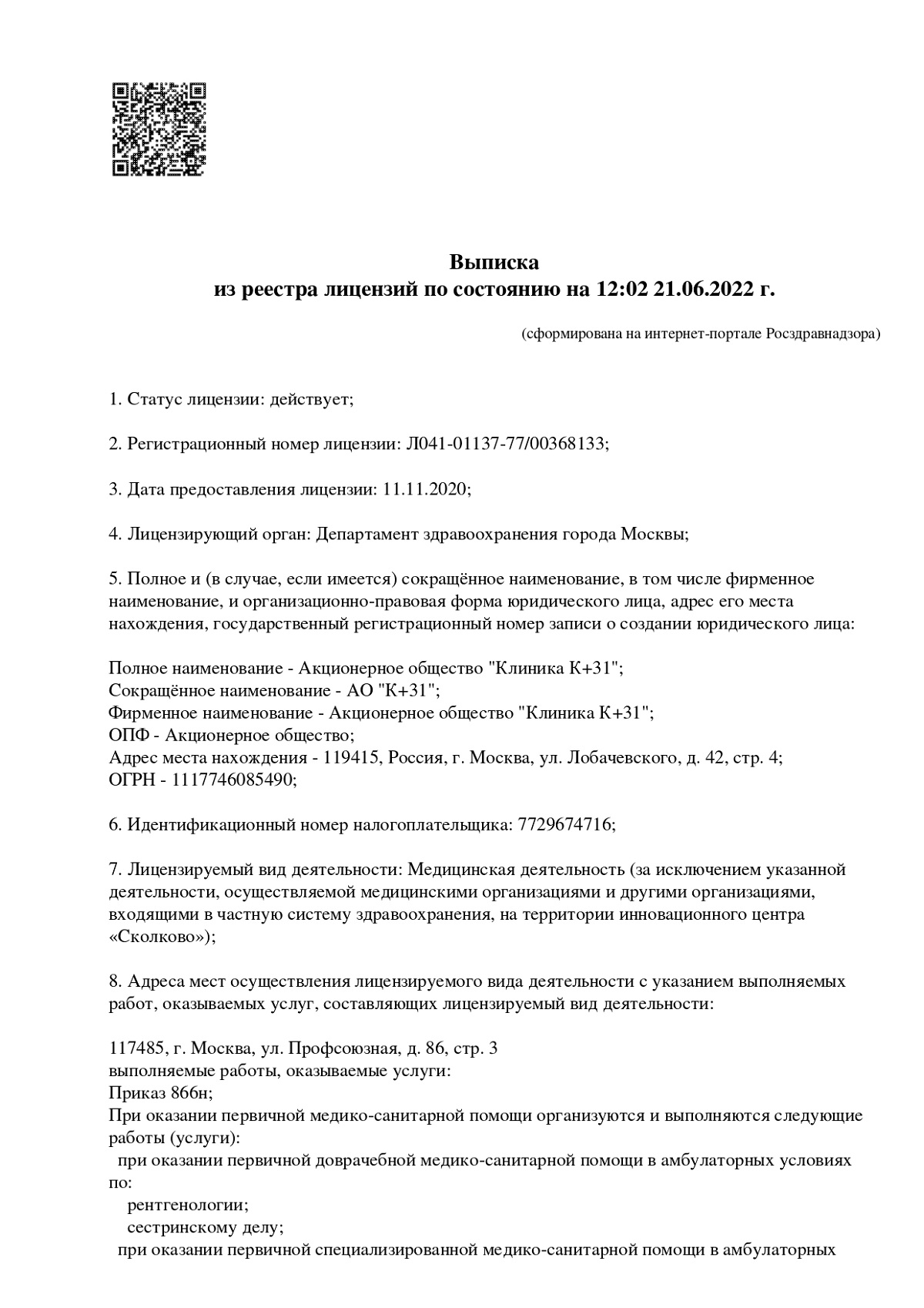
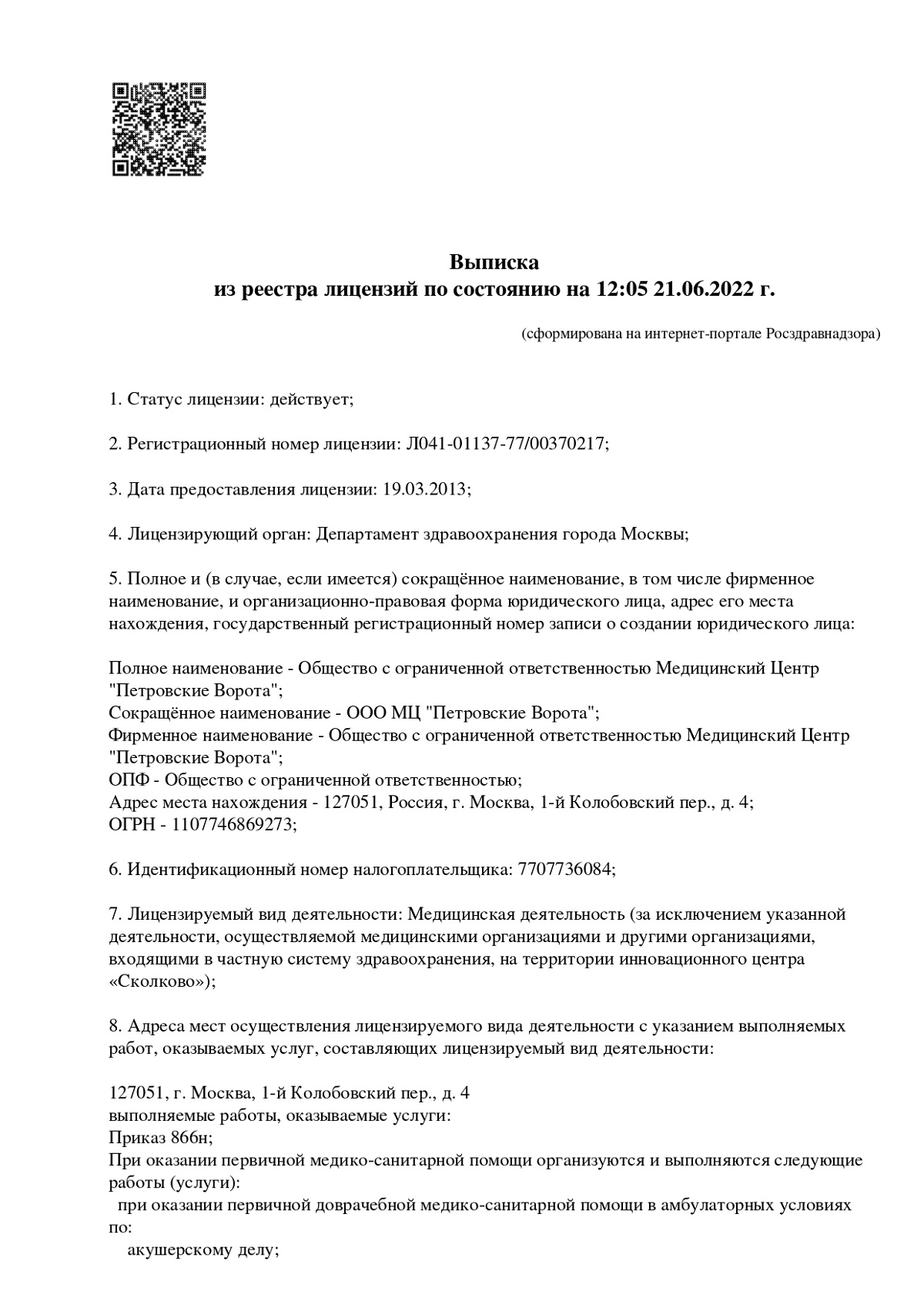
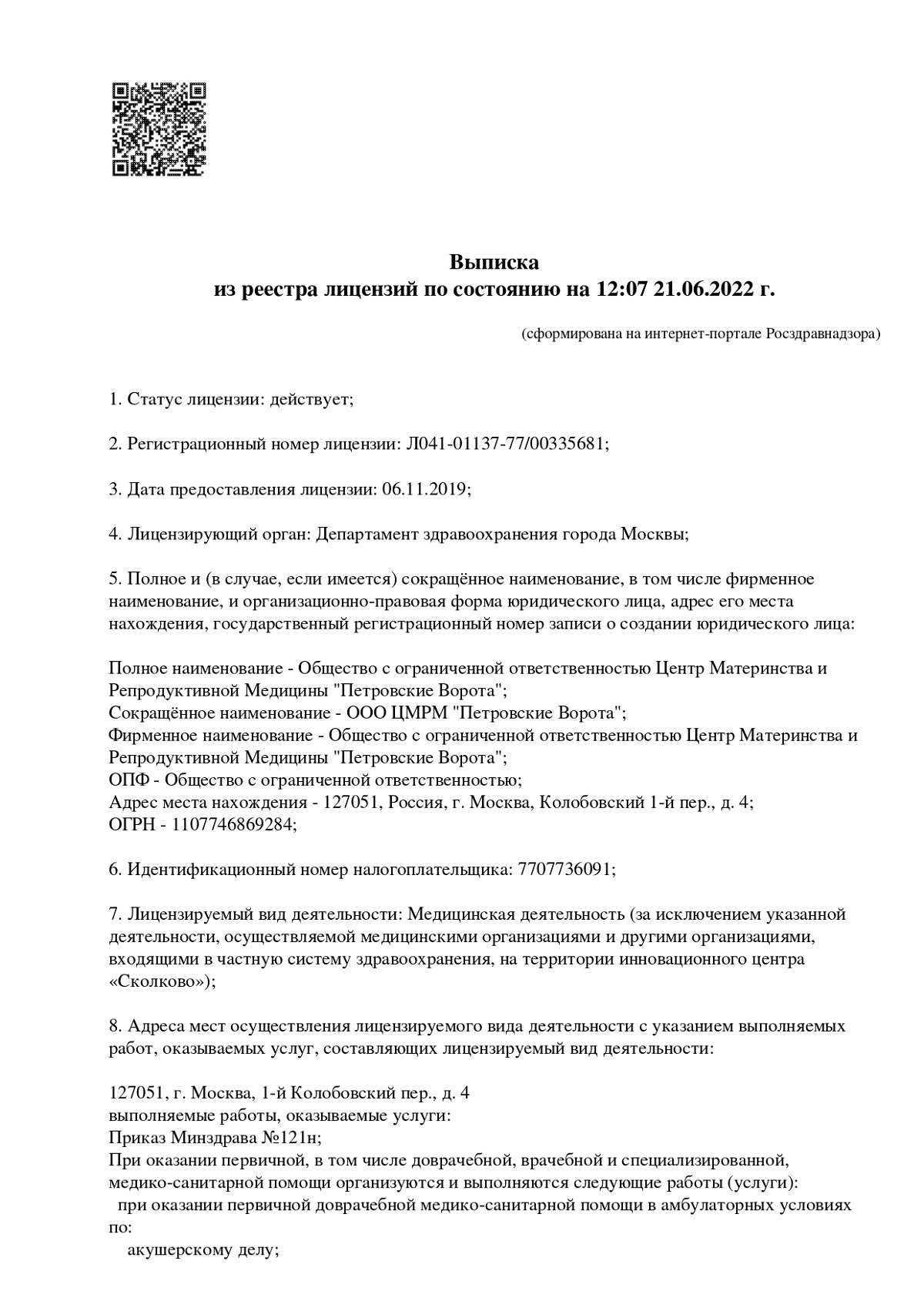
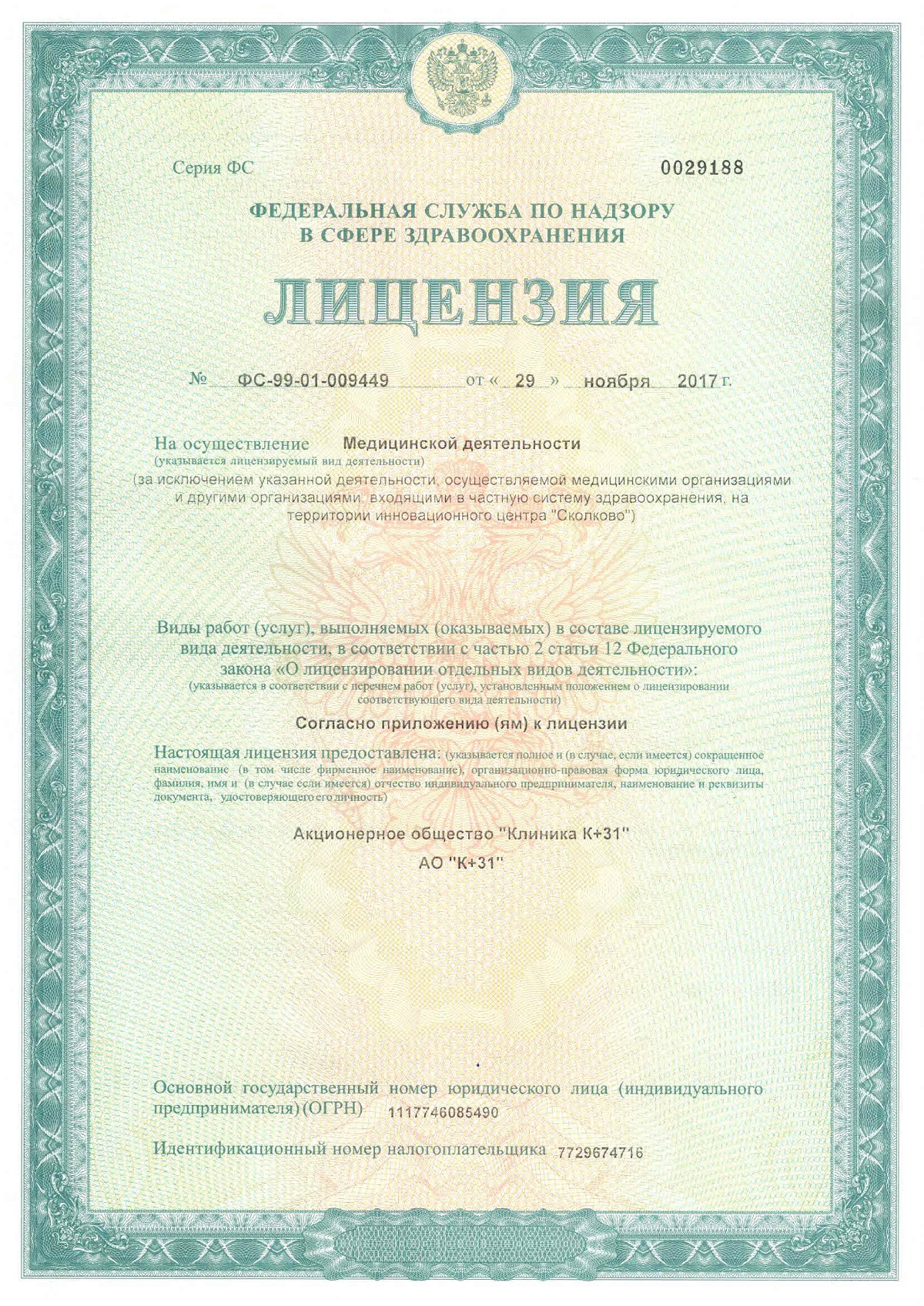
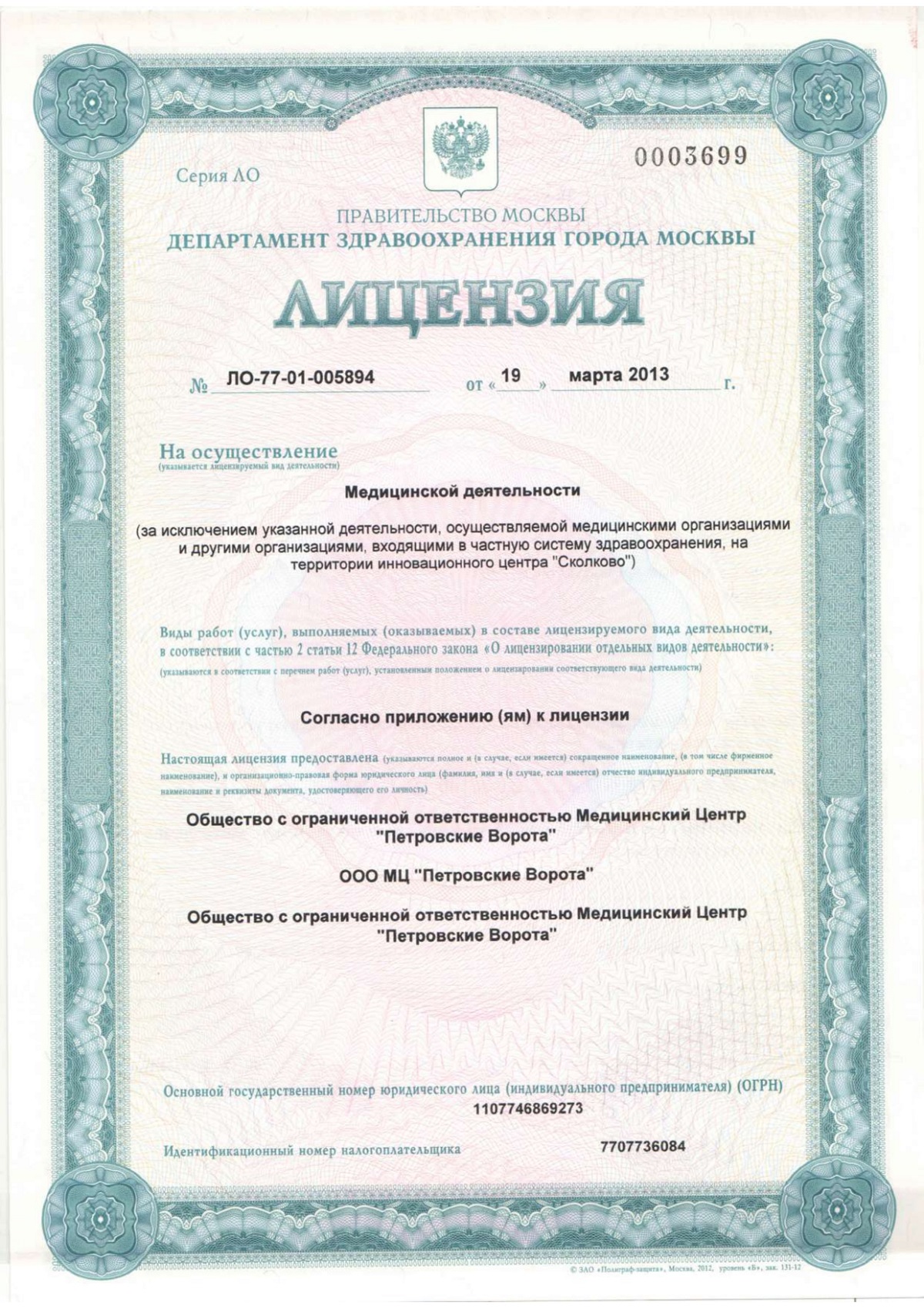
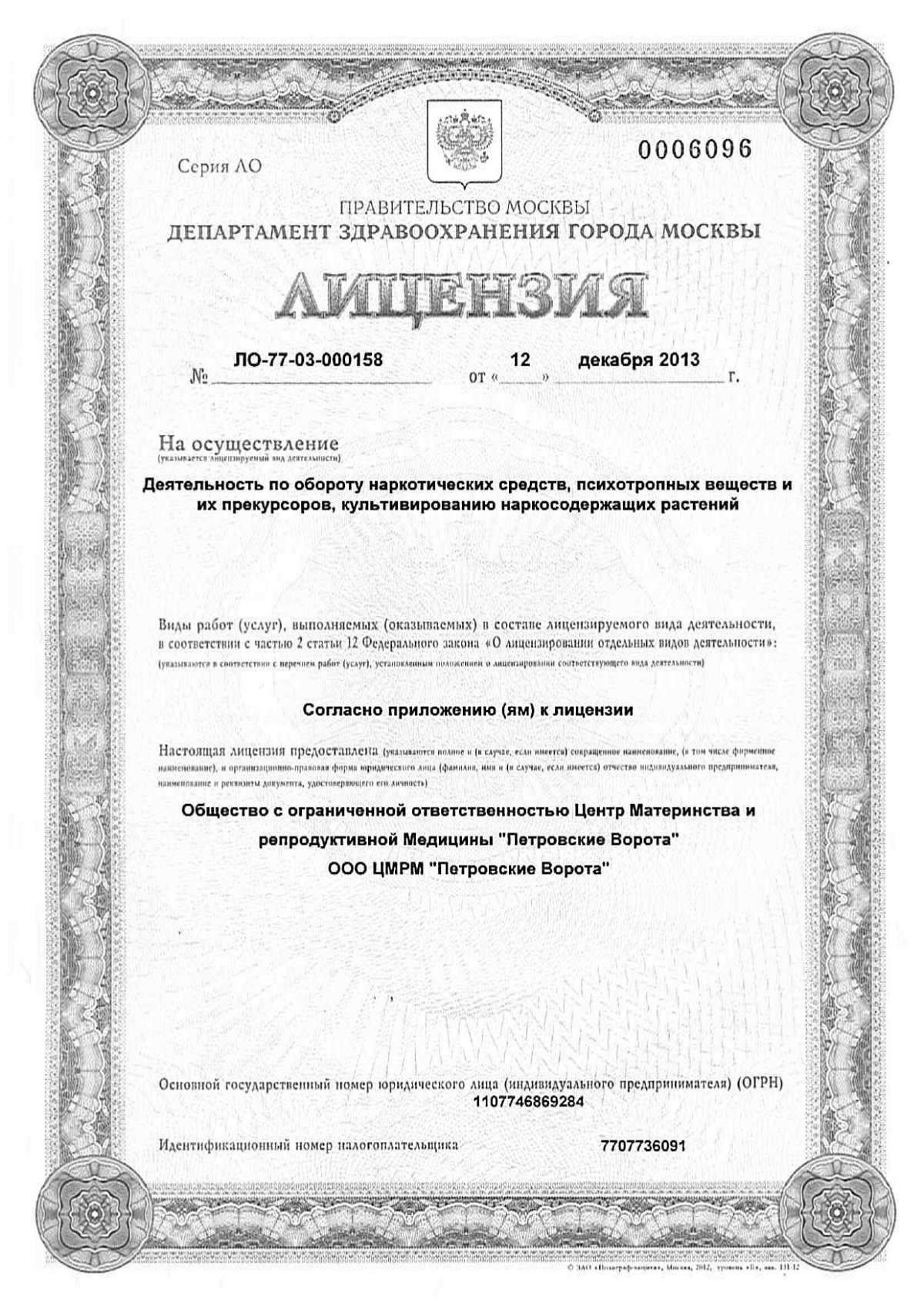
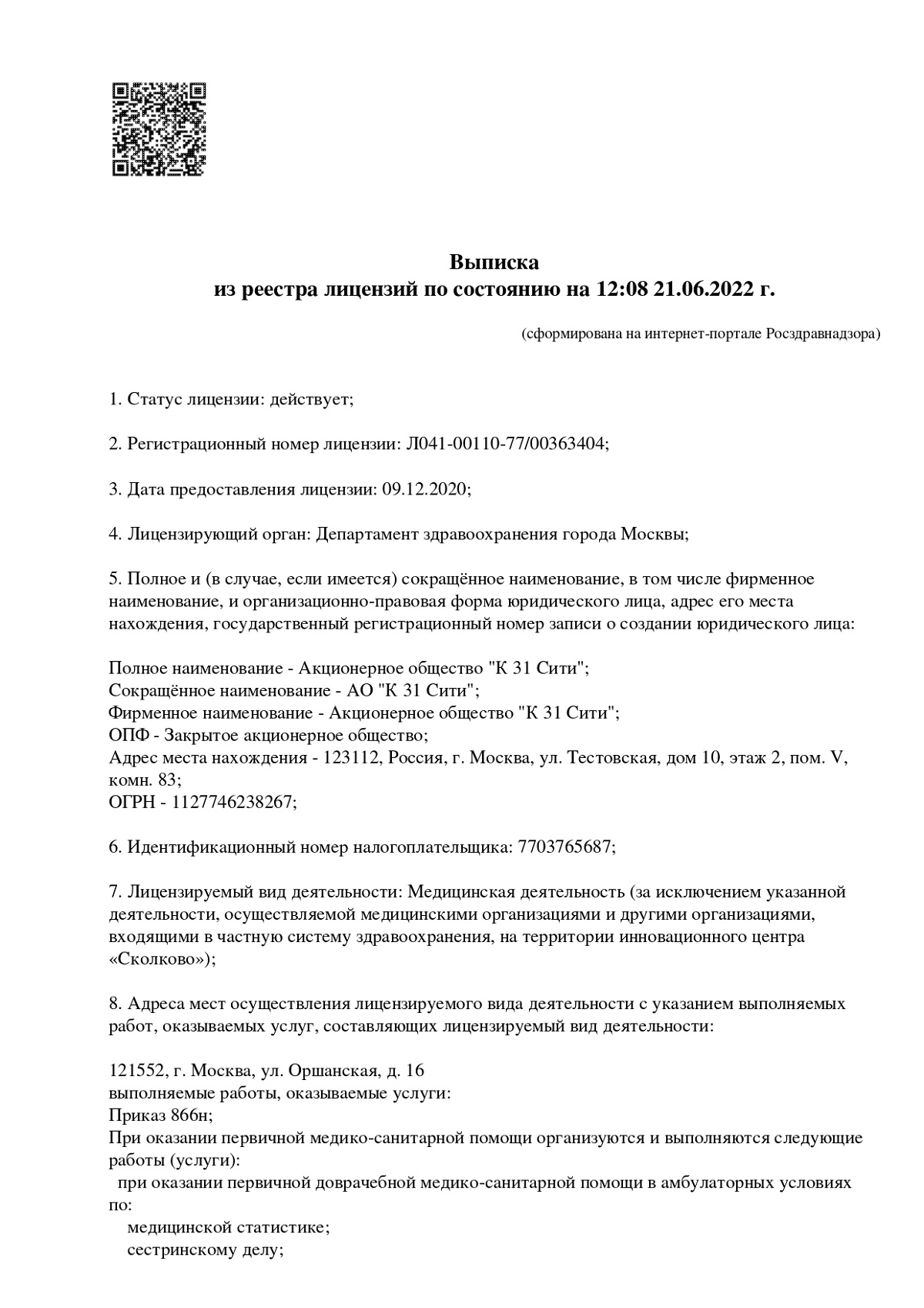
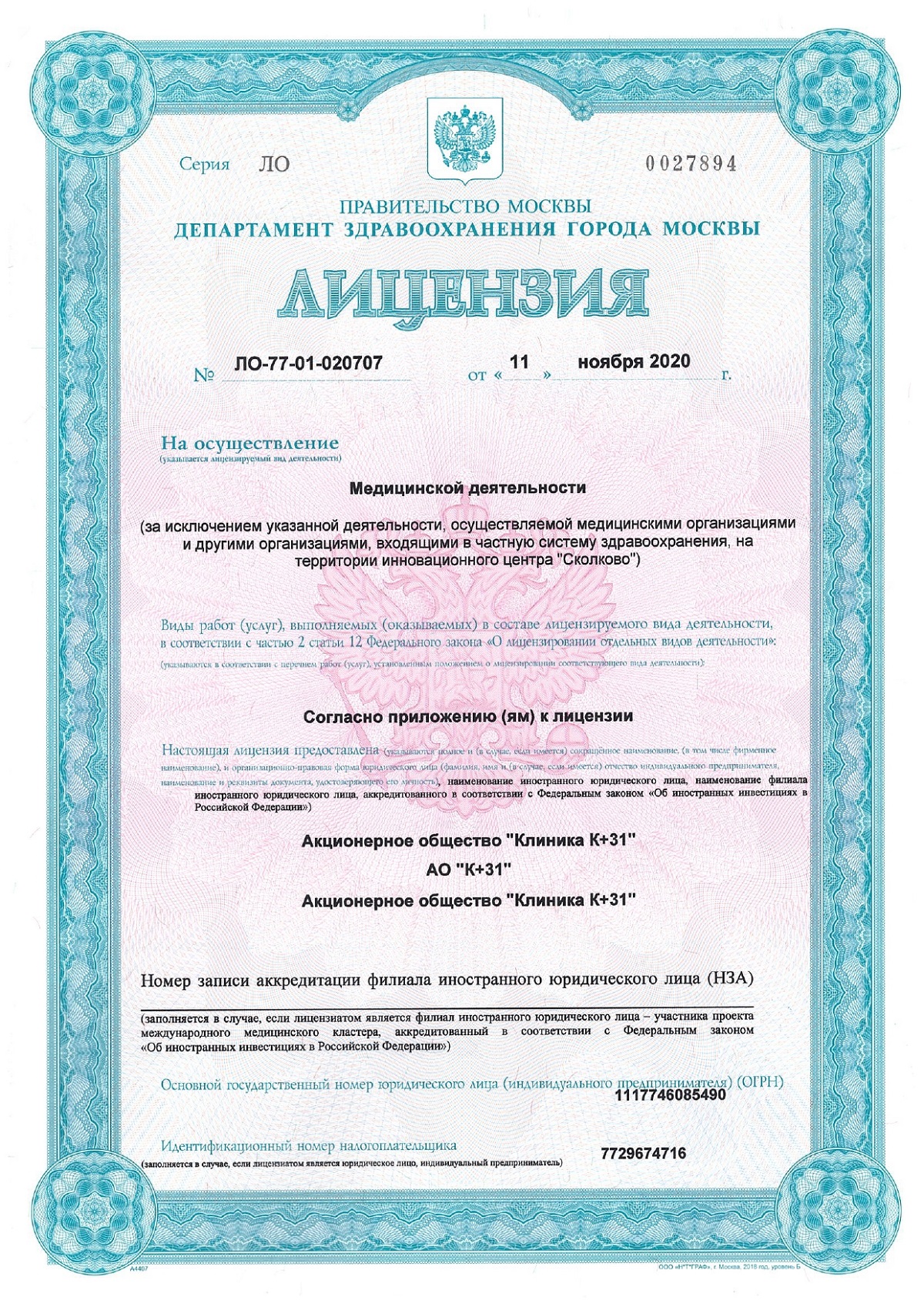
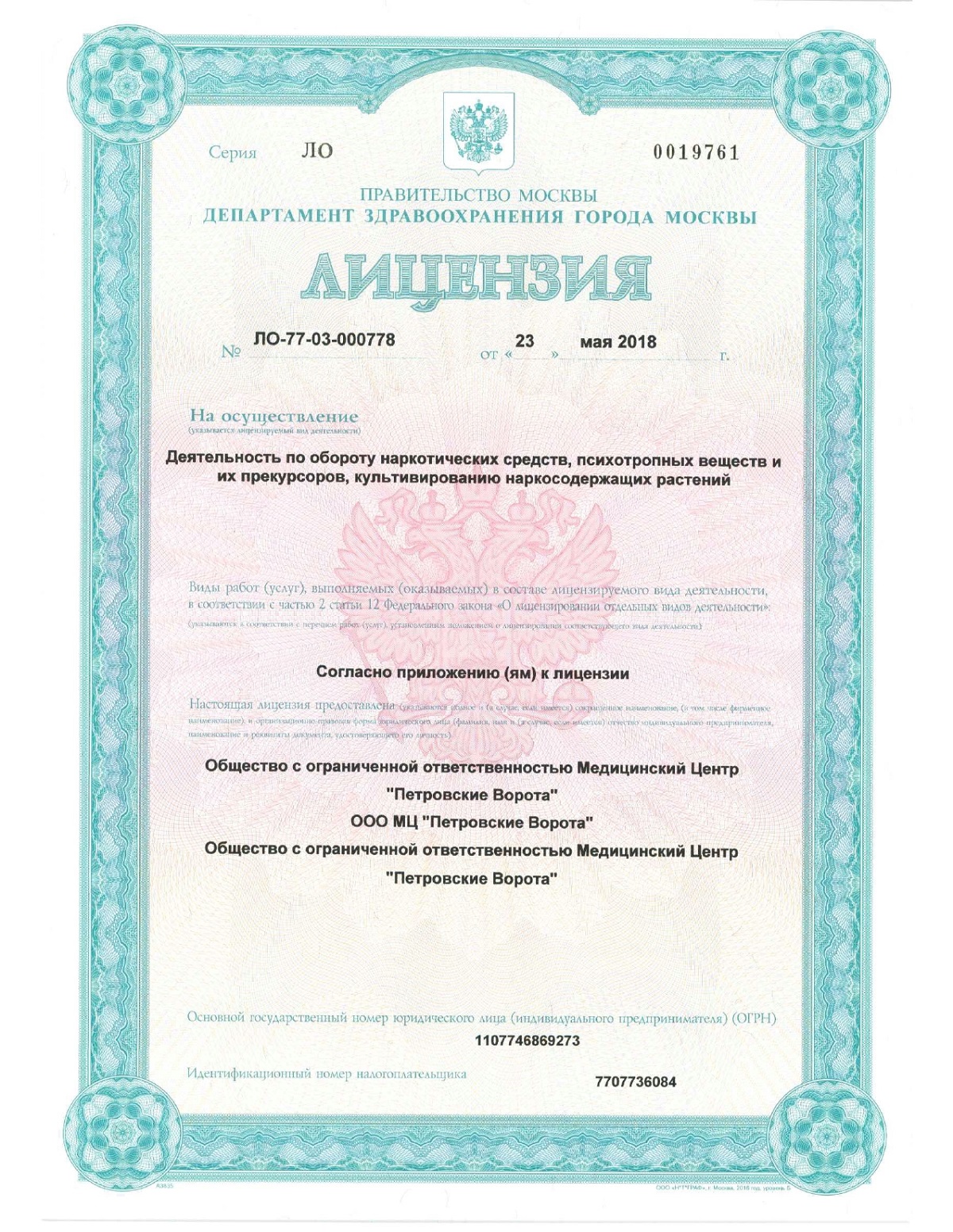
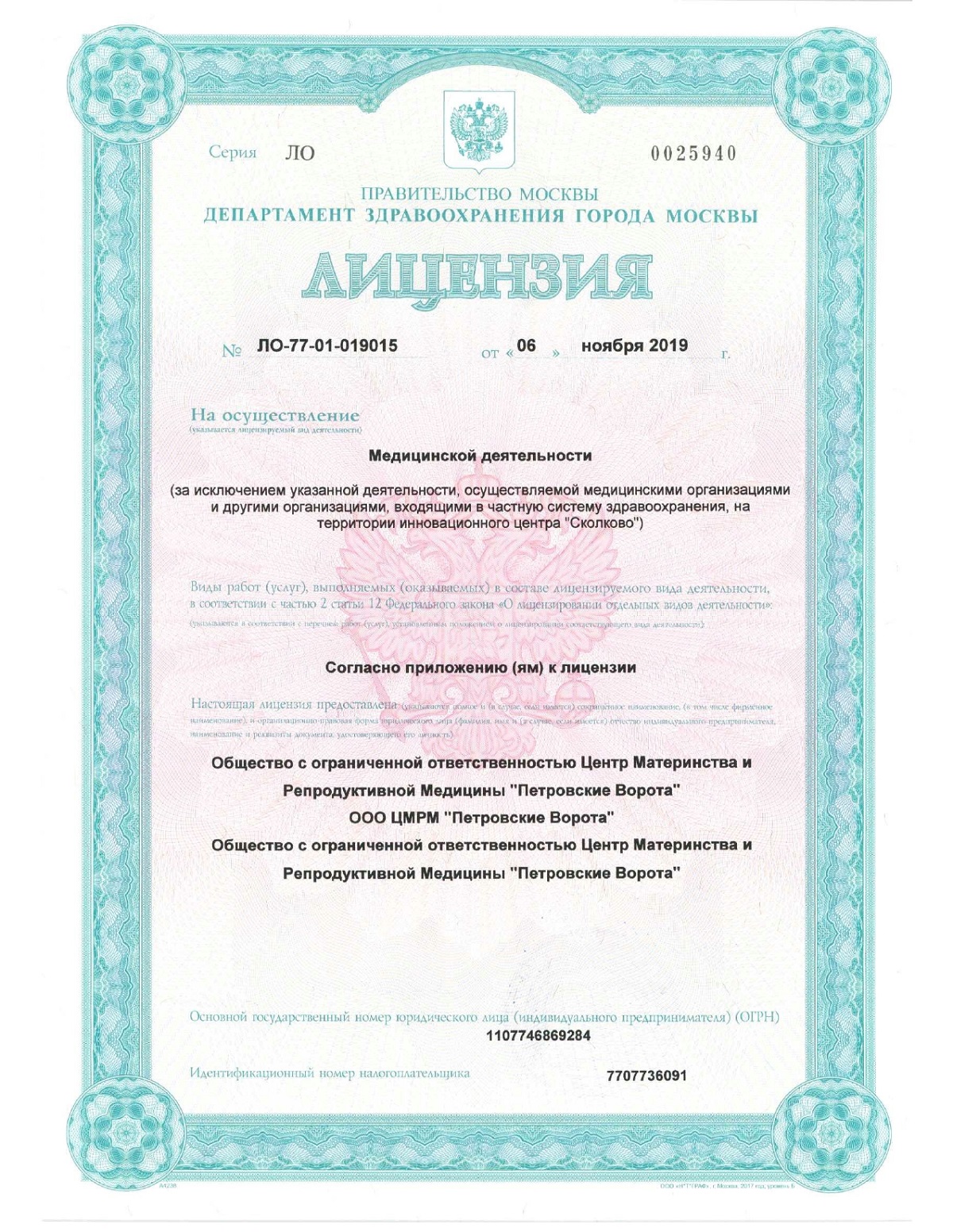
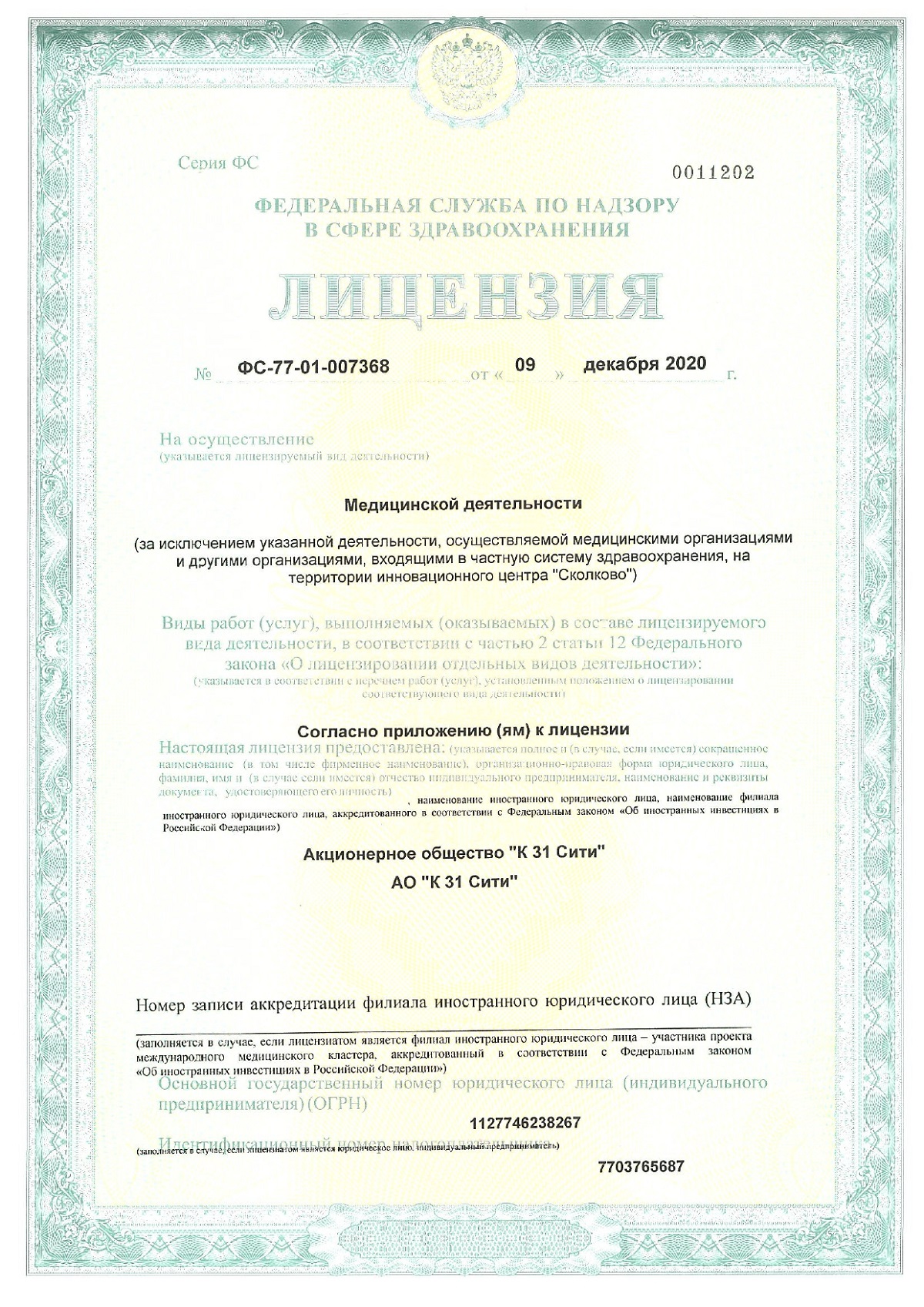


Phlebology is a branch of medicine that deals with the diagnosis and treatment of veins. Vascular pathologies can occur in any part of the body. However, pathologies of the arteries of the lower extremities are predominantly detected. This is due to the increased load on the legs.
Many people do not pay enough attention to varicose veins and consider it just a cosmetic defect. But in fact, such a pathology can lead to a number of serious complications. Therefore, if symptoms of varicose veins of the lower extremities appear, it is worth contacting a phlebologist as soon as possible for a consultation, initial examination, diagnosis and treatment. Medical Center K + 31 is rightfully considered one of the best medical institutions in Russia. Vascular surgeons with extensive experience work here. We use modern European techniques, including the treatment of varicose veins with a laser.
Medical centers K+31 provide consultation services for patients and treatment of phlebological diseases using modern minimally invasive methods. One of these methods is miniphlebectomy - removal of a diseased vein through a small puncture. Doctors of the phlebology clinic also use other advanced treatment technologies, for example, endovasal laser coagulation of varicose veins.